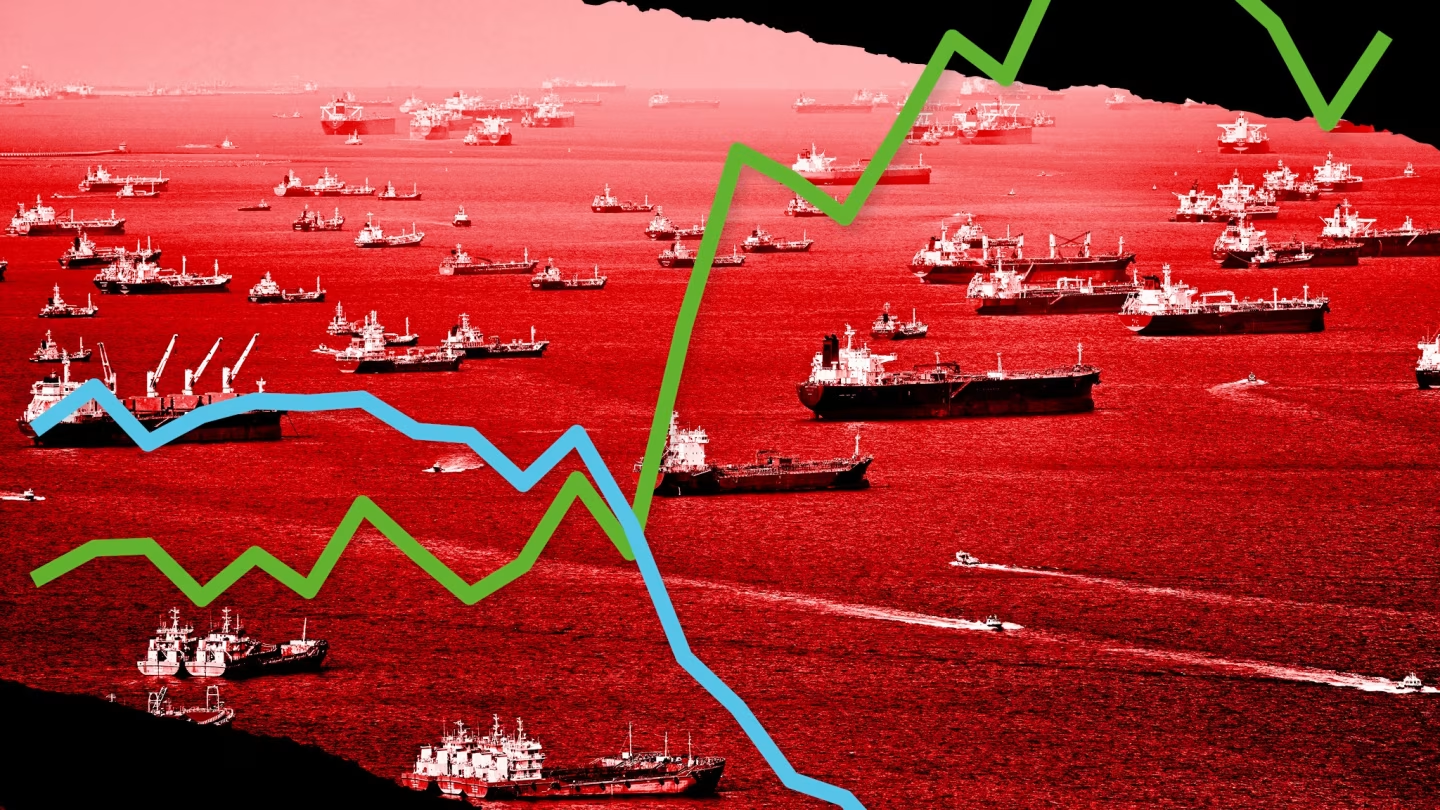In the expansive realm of international commerce, transporting goods efficiently and cost-effectively is paramount. Among the various modes of transportation, sea freight stands out as a reliable and scalable option for businesses aiming to move large volumes of goods across borders. It has remained the backbone of global trade for centuries, offering unmatched capacity and value.
This blog explores the enduring significance of sea freight, its benefits, and how advancements in logistics make it an indispensable choice for businesses worldwide.
The Evolution of Sea Freight
Sea freight has been a cornerstone of trade since ancient civilizations used ships to transport spices, textiles, and other goods. Over time, technological innovations such as containerization revolutionized the industry, enhancing efficiency and security.
Today, ocean freight is a sophisticated ecosystem supported by modern technologies, robust infrastructure, and partnerships among shipping lines, ports, and logistics providers. It plays a pivotal role in sustaining the global supply chain, connecting manufacturers and consumers across continents.
Why Businesses Rely on Sea Freight
When it comes to international logistics, sea freight offers distinct advantages:
- Cost-Effectiveness
Sea freight is often the most economical option for transporting large quantities of goods, especially over long distances. The capacity of cargo ships to carry thousands of containers in a single voyage significantly reduces per-unit transportation costs. - High Volume Capacity
No other mode of transport matches the capacity of sea freight. Ships can accommodate everything from small parcels to heavy machinery, bulk commodities, and oversized goods, making it versatile for various industries. - Global Connectivity
With an extensive network of shipping routes, sea freight ensures connectivity between even the most remote regions, fostering international trade. - Environmental Efficiency
While not entirely carbon-neutral, sea freight is more environmentally friendly compared to air transport. Shipping companies are increasingly adopting sustainable practices to reduce their ecological footprint.
The Role of Containerization in Sea Freight
One of the most significant milestones in the evolution of sea freight was the advent of containerization. Standardized containers streamlined cargo handling, reducing loading times and minimizing the risk of damage.
Containers come in various sizes, including 20-foot and 40-foot variants, to accommodate different types of goods. For businesses needing exclusive use of a container, Full Container Load (FCL) services are ideal. Alternatively, Less-than-Container Load (LCL) options allow multiple shippers to share container space, optimizing costs for smaller shipments.
Modern logistics platforms like ocean freight solutions simplify the booking and management of these services, enhancing operational efficiency for businesses.
The Process of Sea Freight: From Booking to Delivery
Understanding the journey of goods transported via sea freight provides valuable insights into its efficiency:
- Booking and Documentation
Businesses begin by booking space on a cargo ship and preparing the necessary documents, including commercial invoices, packing lists, and bills of lading. - Cargo Handling and Loading
At the port of origin, goods are loaded into containers and secured for transit. Shipping lines ensure that containers are stacked strategically to optimize space and balance the vessel. - Ocean Voyage
Once the cargo ship sets sail, it follows predefined shipping routes. Advanced tracking systems provide real-time updates, keeping businesses informed about their shipment’s location. - Customs Clearance
Upon arrival at the destination port, goods undergo customs inspections. Proper documentation ensures a smooth clearance process. - Final Delivery
The shipment is transported to its final destination, either directly or through additional modes like trucking or rail.
Advancements in Sea Freight Technology
The sea freight industry is no stranger to technological transformation. Here are some key innovations shaping the sector:
- Real-Time Tracking
Digital platforms enable businesses to track shipments throughout the entire logistics chain. This visibility enhances planning and minimizes disruptions. - Automation in Ports
Automated cranes, AI-powered container management systems, and smart ports reduce loading and unloading times, boosting efficiency. - Sustainable Shipping Practices
The adoption of cleaner fuels, energy-efficient vessels, and carbon offset programs reflects the industry’s commitment to sustainability. - Integrated Logistics Platforms
Comprehensive platforms like those offered by leading ocean freight providers simplify logistics by combining booking, tracking, and cost management tools in a single interface.
Challenges in Sea Freight
Despite its numerous advantages, sea freight is not without challenges:
- Transit Times: Compared to air freight, sea freight takes longer to deliver goods, which may not suit time-sensitive shipments.
- Port Congestion: Delays at busy ports can disrupt schedules, especially during peak seasons.
- Weather Dependence: Unpredictable weather conditions can impact shipping schedules and cargo safety.
- Regulatory Compliance: Navigating the complexities of customs regulations in multiple countries requires meticulous attention to detail.
Fortunately, businesses can overcome these challenges by partnering with reliable ocean freight providers that offer robust solutions and proactive customer support.
The Environmental Imperative
As global trade grows, so does the need to address its environmental impact. Sea freight companies are taking significant steps to reduce emissions and promote sustainability:
- Investing in fuel-efficient vessels.
- Using alternative fuels like LNG (liquefied natural gas).
- Implementing slow steaming practices to conserve fuel.
- Offering carbon-neutral shipping options.
Businesses seeking environmentally responsible logistics solutions can explore ocean freight services with sustainable practices at their core.
Choosing the Right Sea Freight Partner
Selecting the right logistics partner is crucial for leveraging the benefits of sea freight. Consider the following factors:
- Experience and Expertise
A seasoned provider understands the intricacies of international shipping, ensuring a seamless experience. - Comprehensive Services
Look for providers that offer end-to-end solutions, including door-to-door delivery, customs clearance, and real-time tracking. - Global Network
A robust network of carrier partnerships and access to key ports ensures reliability and connectivity. - Transparent Pricing
Avoid hidden fees by choosing a provider that offers clear and competitive pricing.
Platforms like Intoglo’s ocean freight service stand out for their commitment to cost-efficiency, transparency, and customer satisfaction.
Embracing the Future of Sea Freight
As global trade evolves, so will the role of sea freight in sustaining economic growth. Emerging trends such as digitalization, artificial intelligence, and blockchain are set to redefine the industry:
- Smart Shipping Routes: AI-powered route optimization will reduce transit times and fuel consumption.
- Blockchain for Transparency: Secure and tamper-proof documentation will enhance trust and efficiency.
- Autonomous Ships: Self-navigating vessels may soon become a reality, further transforming logistics.
The integration of these technologies will enhance the speed, sustainability, and reliability of ocean freight services, empowering businesses to thrive in an interconnected world.
Conclusion
In a world where trade knows no boundaries, sea freight remains a cornerstone of global logistics. Its cost-effectiveness, scalability, and ability to connect even the remotest regions make it an invaluable mode of transport.
With modern advancements and reliable ocean freight services, businesses can navigate the challenges of international shipping with ease, unlocking new opportunities in the global market. As technology continues to reshape the industry, sea freight will remain at the heart of sustainable and efficient trade practices, driving growth for businesses worldwide.

















Leave a Reply